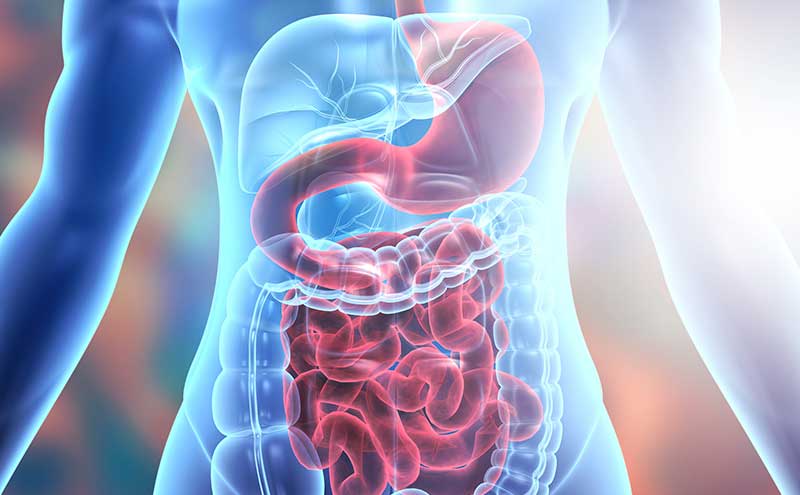
Don't be Basic - Caustic Ingestions
It would seem a poor idea to take medical advice from non-medical professionals, for example a president with no formal scientific background, in the realm of toxic and caustic ingestions. Although cola soda should be considered caustic, the true dangers lie mostly underneath the kitchen sink and bathroom. Acid and Base ingestions are reported to be in the range of 5-15 thousand cases per year. There is a bimodal distribution of age groups affected—those under 6 year of age making up a large portion and the other being greater than 21 years of age. The pediatric and adult populations generally have different motivations behind the ingestion—exploration versus self-harm—in the vast majority of cases. Given the difference in volumes ingested in accidental cases, children have lower fatality rates than teenagers or adults. The absence of singular severe symptoms (e.g., oral lesions, vomiting, drooling, dysphagia, hematemesis, dyspnea, abdominal pain) does not reliably indicate future injury or pathology but the presence of three or more symptoms is associated with a higher likelihood of significant injury.
The numbers from the American Association of Poison Control Centers (AAPCC) and National Poison Data System (NPDS) indicate that of the 2.1 million toxic exposures in 2018, one half were children less than 5 years old. Bleach by itself made up 11% of pediatric ingestions. There are many potential caustic substances in a standard household including bleach, oven and drain cleaners, detergents, hair relaxers, and cleaning products. An important first step in patient history, whether by phone or in the ED, will be to obtain as much information as possible about the product ingested. Pertinent historical features include: the type and brand of the substance, time of ingestion, age and weight of the patient, and any obvious life-threatening features. The physical exam should include mental status, vitals, pupillary size and response, airway compromise and respiratory compromise (drooling, nasal flaring, wheezing, stridor), presence of mucosal changes to the lips or mouth, and skin exam for excessive sweating or dryness.
The next determinant is to differentiate the type of caustic ingestion as they have different pathology and sequelae. Acidic agents (pH<2 cause significant injury) inflict esophageal injury via coagulation necrosis. Perforation in these cases is less common because of eschar formation on the mucosal surface, limiting deeper penetration. Gastric injury can occur later due to antral spasm, leading to pooling of the acid in the antrum and subsequent pyloric obstruction.
Alkaline ingestions (the worst injuries occurring with a pH>11.5) cause injury due to liquefaction necrosis. This allows for deep penetration and the potential for perforation. The amount of injury is time dependent on contact. Thus, the gel and powder like materials may be more dangerous than the liquid formulations in the esophagus but a greater amount of liquid can be ingested, leading to more widespread damage. Basic liquids are tasteless and denser than water, so they can cause more distal injuries.
Primary and secondary injuries are many. Initial stabilization of the airway with intubation may be necessary and evaluation of the ABC’s should be the initial step in stabilization. Perioral burns may be present and there may be friable mucosa. The use of neutralizing agents, charcoal, gastric emptying, or induced emesis are all contraindicated. Just like in 7th grade chemistry, a base and an acid create an exothermic reaction—which is not helpful in an unstable patient. Any symptomatic patient should have a chest x-ray (and potentially an AXR as well) to evaluate for gastric or esophageal perforation. Although there is concern for esophageal strictures, an upper GI series is not usually valuable in the initial period, as these usually occur weeks after the caustic insult. Common and concerning injuries include reflux skin and mouth sores, aspiration PNA, mediastinitis, esophageal damage leading to nutritional issues, and gastric ulceration. As well, these patients with any concerning features should be admitted and will require an upper endoscopy within 24 hrs for assessment of damage or injury staging—long term complications in pediatric patients can affect them much later in life (esophageal cancer). If asymptomatic, with no concerning features, the EGD can be deferred with close follow up. Aspiration pneumonia can develop later in the course and initial CXR will give a good baseline. There is some debate as to the utility of corticosteroids in treatment. There is decent data suggesting that if the injury is severe enough, high dose IV dexamethasone (x3 days) does have a role in mitigating esophageal strictures.
To summarize—children under 6 years old want to explore and it is important to teach them at a young age what is safe and what is dangerous. Use locking mechanisms on cabinets that contain dangerous caustic substances. Do not, under any circumstance, store dangerous substances in regular plastic bottles that can be confused with a soda or juice. Assess for respiratory, ENT, and GI abnormalities on primary work up. And do not, under any circumstance, use any caustics to cure any old, new, or novel viruses.
Jonathan Eisenberg, MD



